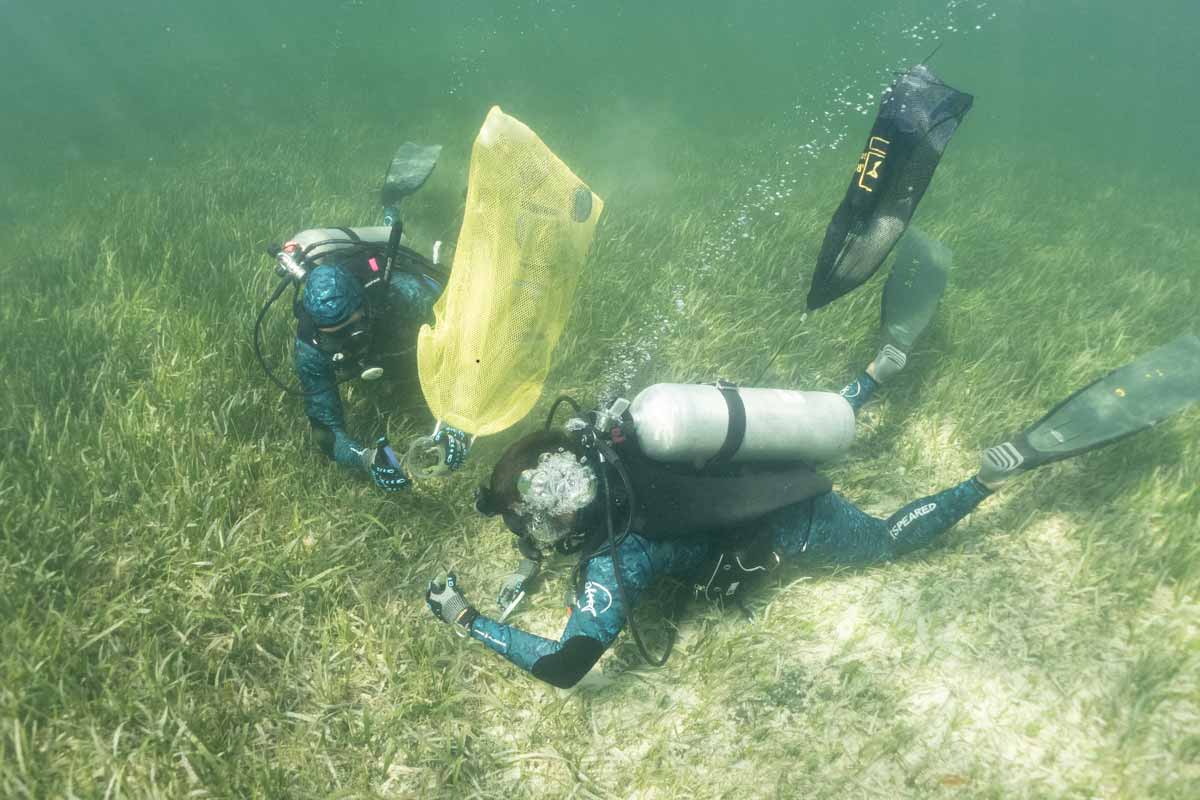
Research Core 1
ENVIRONMENT
Connecting environmental variables with algal abundance, biodiversity and ciguatoxin production
Research Aims
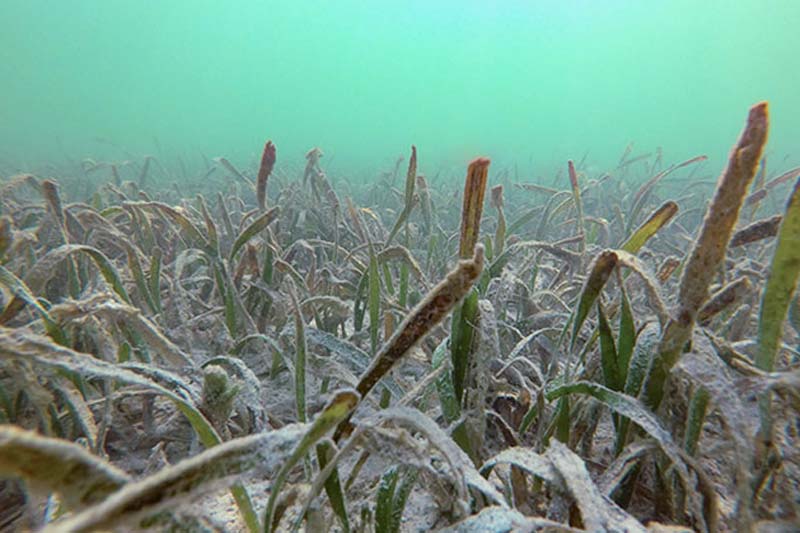
Specific Aim 1:
Determine the distribution and dynamics of toxic benthic dinoflagellates across regions
Turtle grass (Thalassia testudinum) at Heine Grass Bed (HGB) site
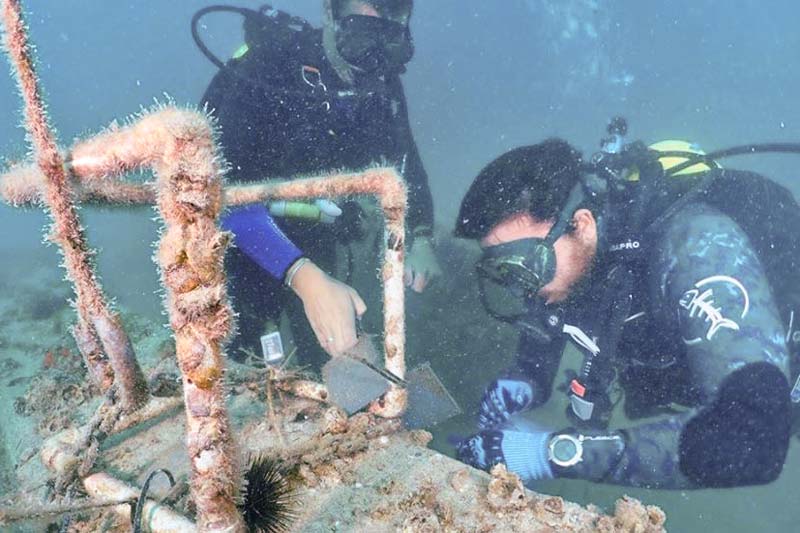
Specific Aim 2:
Determine how temperature impacts benthic dinoflagellate communities
Edison tile deployment – Adam Catasus and Alex Donnenfeld at Edison Reef off Fort Myers Beach
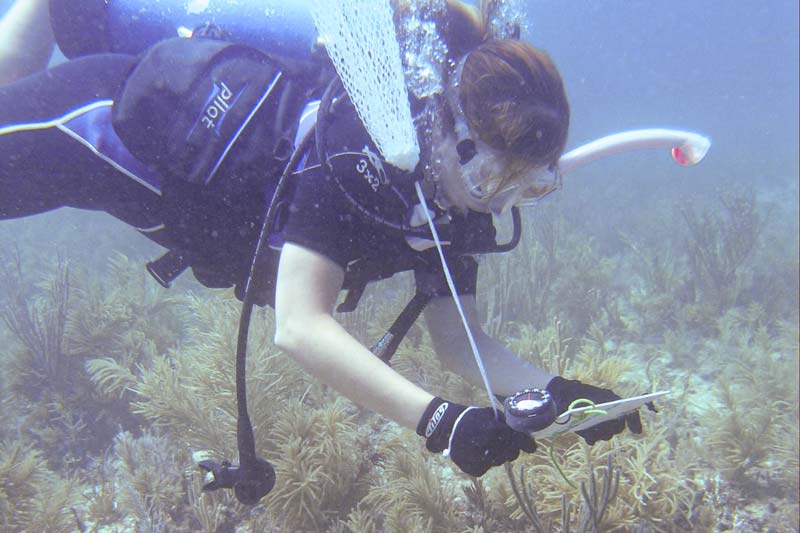
Specific Aim 3:
Examine how climate change may influence benthic dinoflagellate populations and toxin production in coral reef ecosystems
Using maps on our clipboards to lay 5 transect lines out at each site.
Project Lead
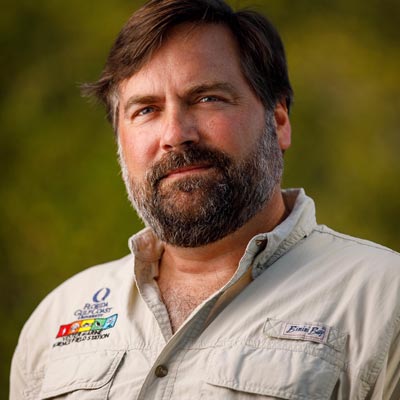
Mike Parsons, Ph.D.
Florida Gulf Coast University
Research Project 1 Lead
[email protected]
Parsons serves as Director of the Greater Caribbean Center for Ciguatera Research and oversees the Florida-based research and modeling efforts in RP1. Parsons has over 25 years of experience in the study of harmful algal blooms, with over 30 papers published in the field. He has received over $20 million in competitive external funding for research, and has served as PI on several other projects, including a NOAA Regional ECOHAB studying ciguatera (CiguaHAB). Parsons served two terms on the National Harmful Algal Bloom Committee and was appointed by Florida Governor DeSantis to serve on the state’s Blue Green Algal Task Force in May 2019.
Parsons serves as Director of the Greater Caribbean Center for Ciguatera Research and oversees the Florida-based research and modeling efforts in RP1. Parsons has over 25 years of experience in the study of harmful algal blooms, with over 30 papers published in the field. He has received over $20 million in competitive external funding for research, and has served as PI on several other projects, including a NOAA Regional ECOHAB studying ciguatera (CiguaHAB). Parsons served two terms on the National Harmful Algal Bloom Committee and was appointed by Florida Governor DeSantis to serve on the state’s Blue Green Algal Task Force in May 2019.
Co-Investigators
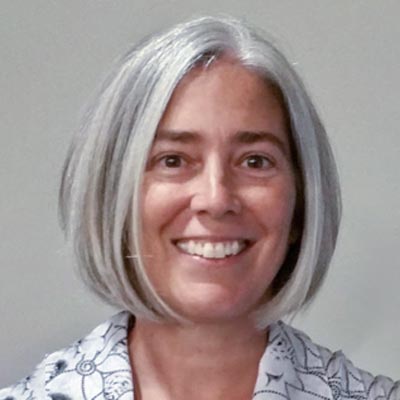
Deana Erdner, Ph.D.
UT Marine Science Institute
[email protected]
Deana Erdner received her B.S. in Biology from Carnegie Mellon University in 1991, and her Ph.D. in Biological Oceanography from the Massachusetts Institute of Technology/Woods Hole Oceanographic Institution Joint Program in 1997. After postdoctoral study at the University of Warwick (U.K.) and the Georgia Institute of Technology, she was a research scientist at the Woods Hole Oceanographic Institution for five years before joining the UT Marine Science Institute faculty in 2006.
She is interested in the diversity of Gambierdiscus, from the community to the intra-specific level. Her work uses DNA to understand Gambierdiscus species distributions and how populations in different regions become adapted to the local environment.
Deana Erdner received her B.S. in Biology from Carnegie Mellon University in 1991, and her Ph.D. in Biological Oceanography from the Massachusetts Institute of Technology/Woods Hole Oceanographic Institution Joint Program in 1997. After postdoctoral study at the University of Warwick (U.K.) and the Georgia Institute of Technology, she was a research scientist at the Woods Hole Oceanographic Institution for five years before joining the UT Marine Science Institute faculty in 2006.
She is interested in the diversity of Gambierdiscus, from the community to the intra-specific level. Her work uses DNA to understand Gambierdiscus species distributions and how populations in different regions become adapted to the local environment.
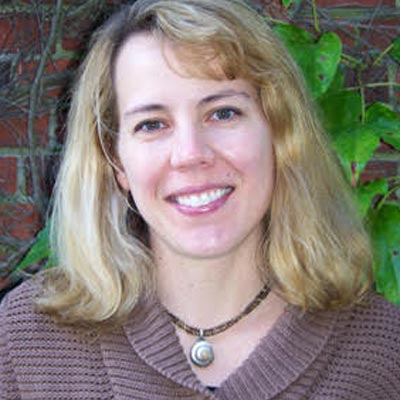
Mindy Richlen, Ph.D.
Woods Hole Oceanographic Institution
[email protected]
Mindy Richlen is a Research Specialist at the Woods Hole Oceanographic Institution (WHOI). Dr. Mindy Richlen is a Research Specialist in Don Anderson’s lab at the Woods Hole Oceanographic Institution. She has been involved in ciguatera research for over a decade, including lab and field investigations examining the population dynamics, physiology, and diversity of Gambierdiscus spp. and other toxigenic benthic dinoflagellates. Her participation in the GCCCR will focus on characterizing Gambierdiscus species diversity and community composition at the study sites sing molecular based approaches (e.g., molecular probes, qPCR T-RFLP). In addition, she will help to train and mentor undergraduate and graduate students participating in this program.
Mindy Richlen is a Research Specialist at the Woods Hole Oceanographic Institution (WHOI). Dr. Mindy Richlen is a Research Specialist in Don Anderson’s lab at the Woods Hole Oceanographic Institution. She has been involved in ciguatera research for over a decade, including lab and field investigations examining the population dynamics, physiology, and diversity of Gambierdiscus spp. and other toxigenic benthic dinoflagellates. Her participation in the GCCCR will focus on characterizing Gambierdiscus species diversity and community composition at the study sites sing molecular based approaches (e.g., molecular probes, qPCR T-RFLP). In addition, she will help to train and mentor undergraduate and graduate students participating in this program.
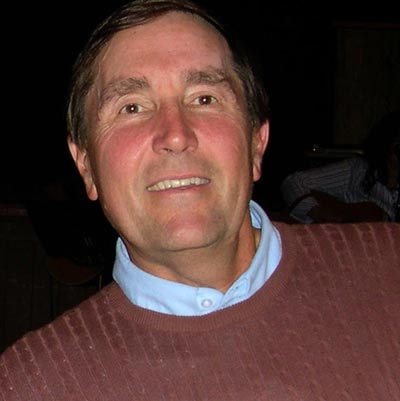
Don Anderson, Ph.D.
Woods Hole Oceanographic Institution
[email protected]
Don Anderson is a Senior Scientist at the Woods Hole Oceanographic Institution (WHOI). His lab’s research focuses on toxic or harmful algal blooms (HABs). His research ranges from molecular and physiological studies of growth, sexuality, and toxin production to the large-scale oceanography and ecology of blooms, including numerical modeling, forecasting, and monitoring and management strategies, many reliant on novel instrumentation and biosensors. Anderson is the author, co-author, or editor of over 330 scientific papers and 14 books. For the GCCCR, the Anderson laboratory will share extensive experience in field sampling and analysis methods for assessing Gambierdiscus abundance and species diversity.
Don Anderson is a Senior Scientist at the Woods Hole Oceanographic Institution (WHOI). His lab’s research focuses on toxic or harmful algal blooms (HABs). His research ranges from molecular and physiological studies of growth, sexuality, and toxin production to the large-scale oceanography and ecology of blooms, including numerical modeling, forecasting, and monitoring and management strategies, many reliant on novel instrumentation and biosensors. Anderson is the author, co-author, or editor of over 330 scientific papers and 14 books. For the GCCCR, the Anderson laboratory will share extensive experience in field sampling and analysis methods for assessing Gambierdiscus abundance and species diversity.
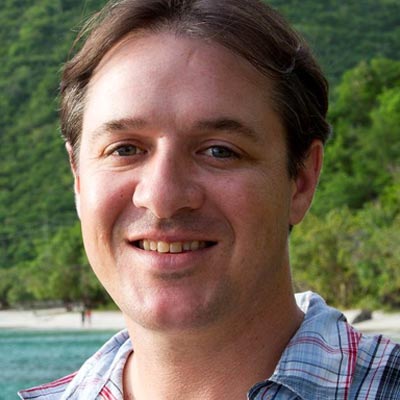
Tyler B. Smith, Ph.D.
University of the Virgin Islands
[email protected]
As a coral reef ecologist, Tyler Smith is interested in the dynamics of reef populations, interactions between reef organisms and how these interactions are modified by physical forcing and man. As Coordinator for Research for the US Virgin Islands Coral Reef Monitoring Program he seeks to conduct investigations and form collaborations which strengthen our understanding of the workings and fates of coral reefs both here and abroad. His current research focuses on the ecological effects of bleaching events, terrestrial input and upwelling.
As a coral reef ecologist, Tyler Smith is interested in the dynamics of reef populations, interactions between reef organisms and how these interactions are modified by physical forcing and man. As Coordinator for Research for the US Virgin Islands Coral Reef Monitoring Program he seeks to conduct investigations and form collaborations which strengthen our understanding of the workings and fates of coral reefs both here and abroad. His current research focuses on the ecological effects of bleaching events, terrestrial input and upwelling.